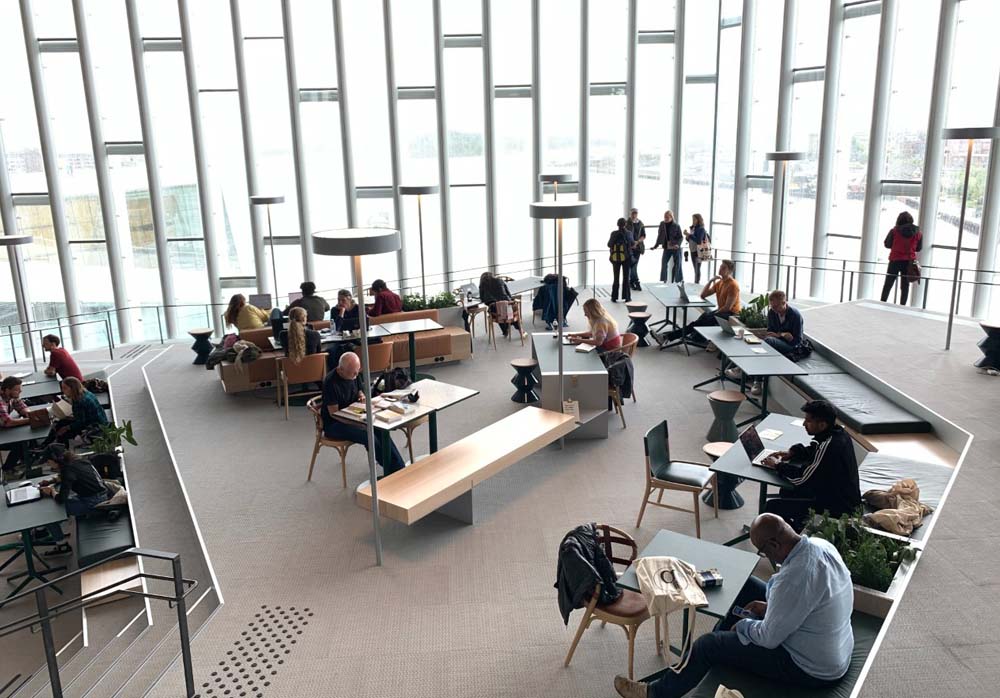Companies are constantly searching for inventive ways to attract and attract top talent within the constantly changing landscape of benefits for employees. Subsidized meals, in particular in the forms of corporate cafeterias have become a popular method of creating a more positive workplace and encouraging wellbeing of employees.

Understanding Subsidized Meals:
A cafeteria at work that’s subsidized by the business is more than a place for an afternoon snack. It’s an indication of the company’s dedication to its employees’ wellbeing and well-being. The idea behind this initiative is the concept of subsidized meals. The employer decides to contribute to the cost for employees, giving them access to nutritious and reasonably priced food available on the premises.
Economic Benefits for Employees
Subsidized meals are an excellent way to relieve employees of financial strain. The financial burden of a typical meals can be significant in a time of rising cost of living. By subsidizing food options employers reduce the burden, allowing their employees to eat high-quality meals with no cost.
Strategic Impact on Employee Satisfaction
Subsidized meals are essential for employee satisfaction. A well-fed workforce is a satisfied and happy workforce. The convenience of having subsidized lunch options on-site eliminates the need for employees to venture outside the workplace in search of food, saving time and reducing stress.
The shared nature of a corporate caféteria also creates a sense of unity and camaraderie among employees. The shared meals offer opportunities for networking, collaboration, and the informal exchange of ideas, which ultimately contributes to an overall more unified and lively work environment.
Culinary Diversity and Employee Preferences
Subsidized meals also cater to the diverse culinary preferences of an ever-changing workforce. Corporate cafeterias have a wide variety of menus to accommodate different dietary preferences and needs. It doesn’t matter if an employee’s vegetarian, vegan, or has particular dietary restrictions, a subsidized lunch program makes sure that everyone has access to a range of nutritious and delicious meals.
The role that health plays in wellbeing:
Employee health is essential to efficiency and long-term business growth. Programs that provide meals for subsistence encourage healthy food choices that can in turn improve the overall health of employees. Menus can be designed by collaborating with nutritionists to ensure healthy and balanced choices. This will have a positive impact on the overall well-being of employees.
A Positive Work Culture Work
Subsidized food plays a crucial part in shaping the culture of a company. The meals are an opportunity to let employees know that the business cares regarding their health. This gesture is more than monetary rewards, creating a supportive and caring environment that builds engagement and loyalty within the workforce.
A Win-Win Strategy for Employers
Food subsidies are not just beneficial for employees, but also for employers too. A happy and healthy workforce is more likely to be innovative, productive and enthusiastic. Positive impact on retention and recruitment can lead to long-term success for the company.
Conclusion:
Subsidized lunches, in particular as a corporate cafeteria, aren’t just a line item in the list of benefits provided to employees. They are a strategic commitment to the wellbeing, health and overall success of employees. As companies continue to navigate the competition for top talent, providing subsidized meals is an effective and tangible way to establish a positive workplace environment that promotes individuals and the overall success of the organization.